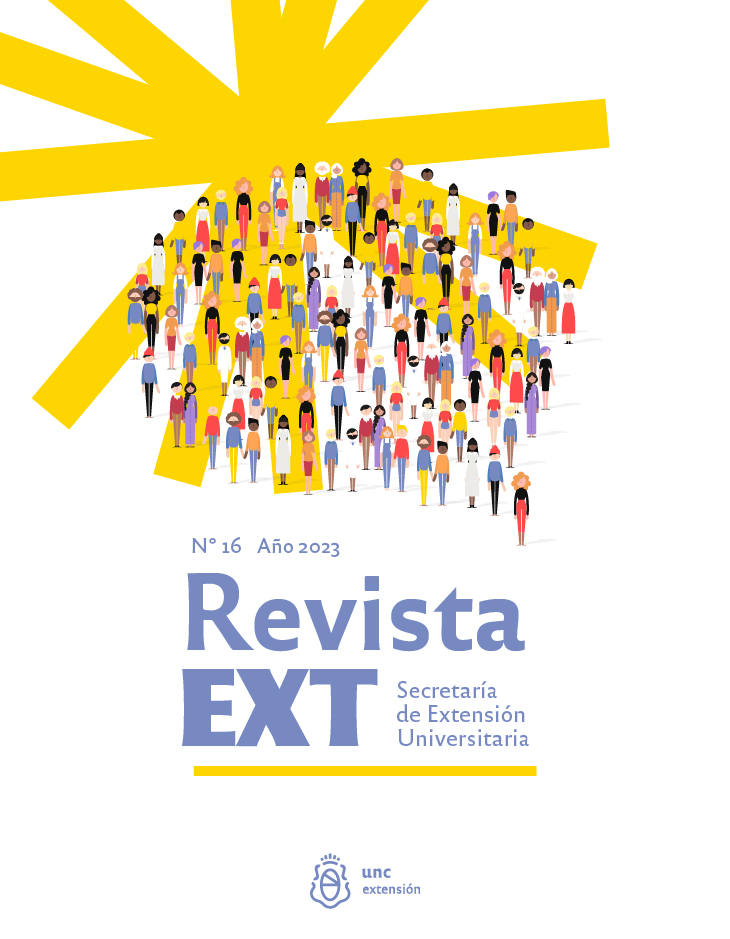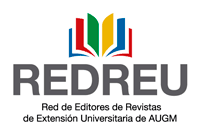Development of didactic material for the blind and visually impaired
Keywords:
Blind students; Visually impaired students; Didactic material; 3D printingAbstract
Special education, specifically that given to blind and visually impaired students, requires specific teaching material that is not always available in stores. Its acquisition is usually difficult or expensive, even more so in areas where this type of didactic material is not available in the stocks of local stores.
This project arose from the need of the teachers of the special school Nº4 of Río Gallegos in the area of blind and visually impaired students, to have this specific didactic material for the development of the different educational proposals in their teaching practices.
Upon detecting this shortcoming, we first analysed the specific needs they had and investigated what variants of this material existed. Then, assisted by the teachers of this specialization, we carried out the design, in order to ultimately provide didactic material, providing them with tools that facilitate the development of the classes.
This paper explains how this problem was solved by providing logistic and material assistance in the development of this didactic material. For this, the Industrial School Nº4 was integrated as an institution that collaborated in the execution of the project, which thus enabled the training of students of advanced years in the development of skills in the design of this type of material and its manufacture through 3D printing.
Downloads
References
Blender. (n.d.). Retrieved from https://www.blender.org/ . [Accessed: March 10, 2023]
CorelCAD. (n.d.). Retrieved from https://www.coreldraw.com/la/product/corel-cad/?hp=spot . [Accessed: April 20, 2023]
CorelDraw. (n.d.). Retrieved from https://www.coreldraw.com/la/ . [Accessed: April 10, 2023]
Cura. (n.d.). Retrieved from https://ultimaker.com. [Accessed: March 17, 2023]
DISCAP NET el portal de las personas con discapacidad. (n.d.). Lenguaje braille. Retrieved from https://www.discapnet.es/areas-tematicas/diseno-para-todos/accesibilidad-de-comunicacion/lenguaje-braille. [Accessed: March 25, 2023]
Impression 3D. (n.d.). Retrieved from http://toninadal.frax3d.com/category/manuales/iniciacion. [Accessed: April 12, 2023]
Luna Kano, M. del R. (2013). Tecnología y discapacidad: Una mirada pedagógica. Revista Digital Universitaria, 14(12). Recuperado de http://www.revista.unam.mx/vol.14/num12/art53/index.html. [Accessed: March 2023]
OpenSCAD. (n.d.). Retrieved from https://www.openscad.org/documentation.html. [Accessed: April 10, 2023]
Rodrigo, M. & Ferreyra, J. A. (2006). La ’valijita viajera’: descripción de un sistema especializado para niños preescolares minusválidos visuales y ciegos. Recuperado de http://sedici.unlp.edu.ar/handle/10915/22532. [Accessed: April 20, 2023]
Schwartzman, G. (2013). Materiales didácticos en educación en línea: por qué, para qué, cómo. Conferencia brindada en las I Jornadas Nacionales y III Jornadas de Experiencias e Investigación en Educación a Distancia y Tecnología Educativa. Universidad Nacional de Córdoba. Recuperado de http://www.pent.org.ar/institucional/publicaciones/dispositivos-tecnopedagogicos-linea-medios-interactivos-para-aprender. [Accessed: February 2023]
Slic3r. (n.d.). Retrieved from https://slic3r.org/. [Accessed: February 10, 2023].
TINKERCAD. (n.d.). Retrieved from https://www.tinkercad.com/. [Accessed: March 15, 2023]
Downloads
Published
Issue
Section
License
Copyright (c) 2023 Secretaría de Extensión Universitaria

This work is licensed under a Creative Commons Attribution-NonCommercial-ShareAlike 4.0 International License.
Aquellos autores/as que tengan publicaciones con esta revista, aceptan los términos siguientes:
- Los autores/as conservarán sus derechos de autor y garantizarán a la revista el derecho de primera publicación de su obra, el cuál estará simultáneamente sujeto a la Licencia de reconocimiento de Creative Commons que permite a terceros compartir la obra siempre que se indique su autor y su primera publicación esta revista.
- Los autores/as podrán adoptar otros acuerdos de licencia no exclusiva de distribución de la versión de la obra publicada (p. ej.: depositarla en un archivo telemático institucional o publicarla en un volumen monográfico) siempre que se indique la publicación inicial en esta revista.
- Se permite y recomienda a los autores/as difundir su obra a través de Internet (p. ej.: en archivos telemáticos institucionales o en su página web) después del proceso de publicación, lo cual puede producir intercambios interesantes y aumentar las citas de la obra publicada. (Véase El efecto del acceso abierto).





